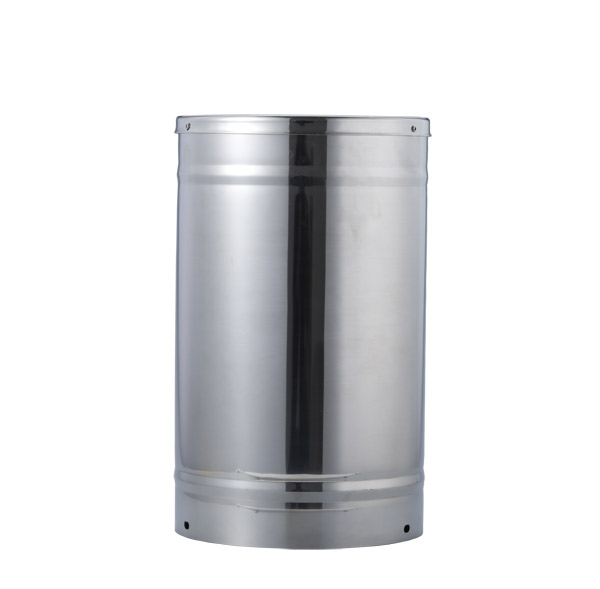

— Products —
 Consumer hotline +8618073152920
Consumer hotline +8618073152920 WhatsApp:+8615367865107
Address:Room 102, District D, Houhu Industrial Park, Yuelu District, Changsha City, Hunan Province, China
Rain Gauge Sensors
Piezoelectric rain gauge using piezoelectric ceramic kinetic rain monitoring, according to the strength of the raindrops falling hit to identify, from light rain to pounding rain can be monitored, the individual raindrops to measure, and then calculate the amount of rainfall. Raindrops in the landing process by the weight of the raindrops and the role of air resistance, reaching the ground at a constant speed, according to P = mv, measuring the impact can be derived from the ···
Tel/WhatsApp:+8615367865107
Email:Arvin@niubol.com +Nearly 100 partner company in more than 68 countries. We are committed to providing high-quality, practical products to meet your needs and help you solve problems.Product Details
Piezoelectric Rain Gauge Product Description:
Piezoelectric rain gauge using piezoelectric ceramic kinetic rain monitoring, according to the raindrops fall hit the strength of identification, from light rain to heavy rain can be monitored, the individual raindrops to measure, and then calculate the amount of rainfall. Raindrops in the landing process by the weight of the raindrops and the role of air resistance, reaching the ground at a constant speed, according to P = mv, measuring the impact can be derived from the weight of the raindrops, and then get the amount of continuous rainfall.

Piezoelectric rain gauges have no mechanical parts and are more robust, sensitive and reliable than traditional rain gauges. The product is easy to install, accurate data, and can accurately monitor heavy rainfall.
This sensor is suitable for rainfall measurement, agricultural irrigation, meteorological environment monitoring, meteorological disaster monitoring, automatic rain sensing system and other fields.
Piezoelectric rain gauge product features:
Adopting industrial-grade 32-bit processor, faster computing speed and more stable performance;
●Arc design structure, anti-fouling and anti-adhesive coating, self-cleaning, cleaned by rainwater, no need for manual on-site maintenance;
●Integrated integrated design, small size, without any exposed parts;
●High data accuracy, reliable measurement;
●Small and lightweight, sturdy structure, easy to carry and transport;
●No special requirements for the installation environment, no need for physical level;
●On-site calibration-free, measurement can be done after installation.
Piezoelectric rain gauge technical parameters:
| Power supply: | DC 12-24V |
| Output: | RS485 (MODBUS protocol) |
| Measuring range: | 0~8mm/min |
| Measurement accuracy: | ± 4% (daily cumulative rainfall) |
| Resolution: | 0.01mm |
| Power consumption: | Average current less than 5mA (12V) |
| Operating environment: | -40℃~80℃, 0~100%RH |
| Protection grade: | IP66 |

Piezoelectric rain gauge installation method:
Riser fixed, integrated base mounting box, pouring foundation, etc., choose the appropriate installation location, the sensor measurement is very important, in order to make the sensor measurement accuracy is not affected, please install according to the following requirements.
1、Piezoelectric rain gauge adopts top wire mounting method, the piezoelectric rain gauge must be mounted to the top of the column to avoid up and down vibration when mounted on the side arm. The rain sensor should be mounted horizontally on a bracket more than 500mm apart from the ground.
2、Rain sensor is installed in open area with no obstruction around. (Avoid obstacles around the piezoelectric rain gauge to block the rain or back splash to the rain gauge, affecting the rain gauge to monitor the rainfall.)
3, piezoelectric rain gauge installation should be away from the source of vibration. (Instrument installation around, try to avoid construction sites, easy to produce continuous vibration noise.)
4, columns, brackets shall not have holes, to avoid high winds to form wind whistle and vibration.
5, away from high-voltage towers, high-power radio transmitting base station or high-power electrical equipment has been possible to generate static electricity environment.
6, signal and power cable alignment reasonable, as far as possible arranged in the column tube. External cables must be tied and fixed, there shall be no hanging and shaking.

Piezoelectric rain gauge has a wide range of applications in the following scenarios:
Disaster monitoring: Piezoelectric rain gauge can be used in the flood warning system, timely monitoring of rainfall, predict the possibility of flooding, to help the authorities to take timely and effective measures to reduce disaster losses.
Agriculture: Piezoelectric rain gauges can be used in the agricultural sector to monitor rainfall and help farmers to rationalise irrigation and crop management to improve crop yields.
Water Resource Management: Piezoelectric rain gauges can be used to monitor the recharge of reservoirs, rivers and groundwater from rainfall, helping water resource management departments with water resource planning and scheduling.
Meteorological research: Meteorologists can use data from piezoelectric rain gauges to analyse rainfall patterns, study climate trends and predict future rainfall.
Construction: In construction, piezoelectric rain gauges can be used to monitor the impact of rainfall on sites and buildings, and to help plan and design waterproofing measures.
Overall, piezoelectric rain gauges have important applications in disaster monitoring, agriculture, water resource management, meteorological research, and construction engineering.
Sensors & Weather Stations Catalog
Agriculture Sensors and Weather Stations Catalog-NiuBoL.pdf
Weather Stations Catalog-NiuBoL.pdf
Related recommendations
 Double tipping bucket rain sensor 0.1mm output RS485
Double tipping bucket rain sensor 0.1mm output RS485 Tipping bucket Rain gauge sensor for weather stations
Tipping bucket Rain gauge sensor for weather stations Piezoelectric Rain Gauge Used in rainfall measurement, agricultural irrigation, meteorological
Piezoelectric Rain Gauge Used in rainfall measurement, agricultural irrigation, meteorological Rain and Snow Sensor with Automatic Heating
Rain and Snow Sensor with Automatic Heating 0.5mm Tipping Bucket Rain Gauge
0.5mm Tipping Bucket Rain Gauge Tipping bucket rain gauge sensor RS485 output ABS material high -precision rainfall meter
Tipping bucket rain gauge sensor RS485 output ABS material high -precision rainfall meter
Screenshot, WhatsApp to identify the QR code
WhatsApp number:+8615367865107
(Click on WhatsApp to copy and add friends)